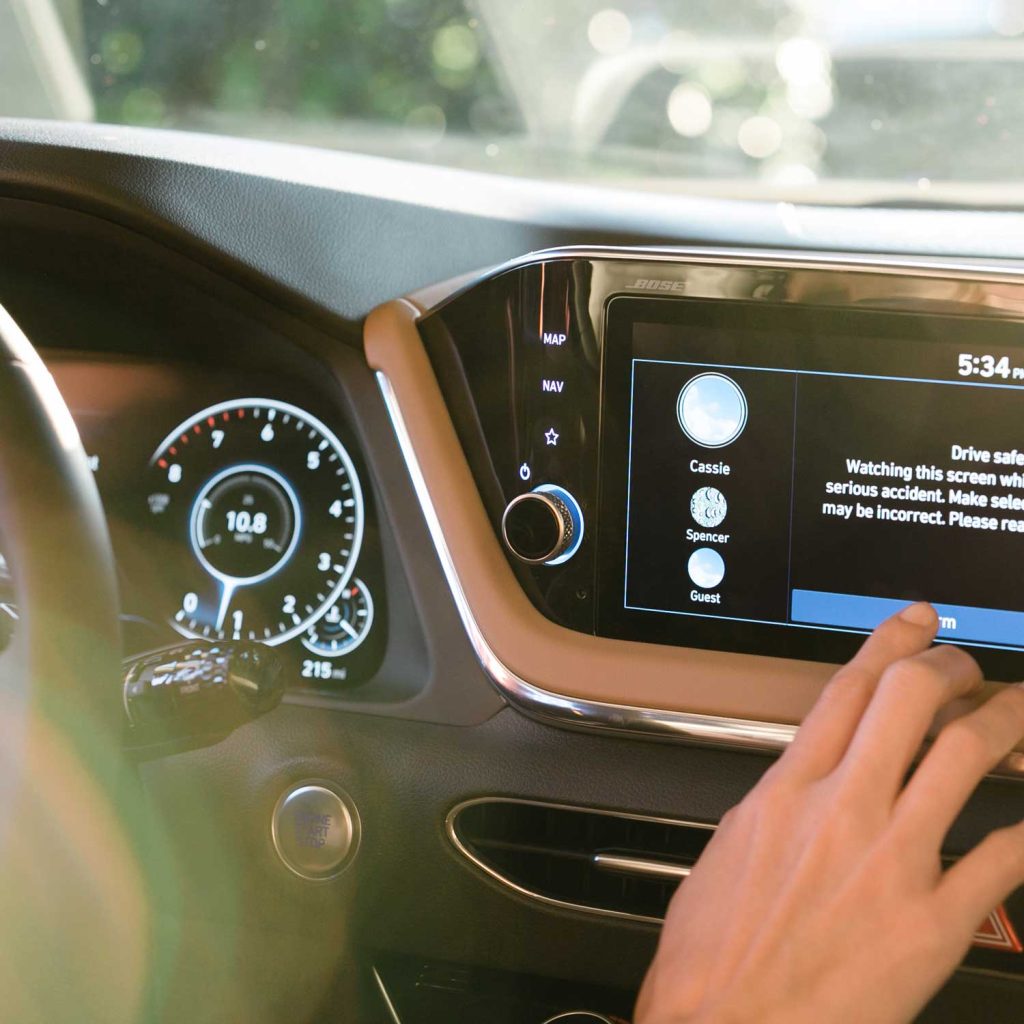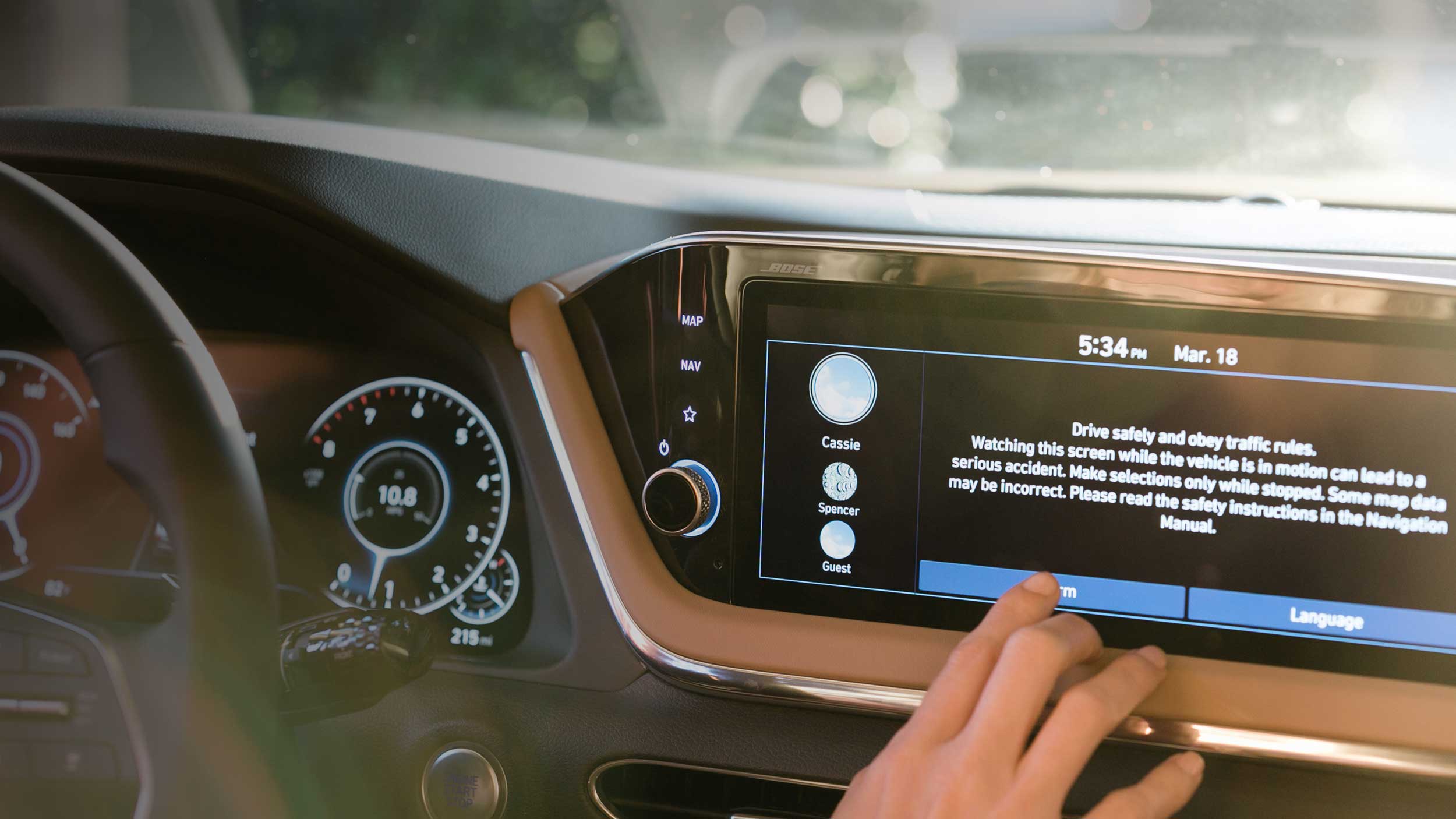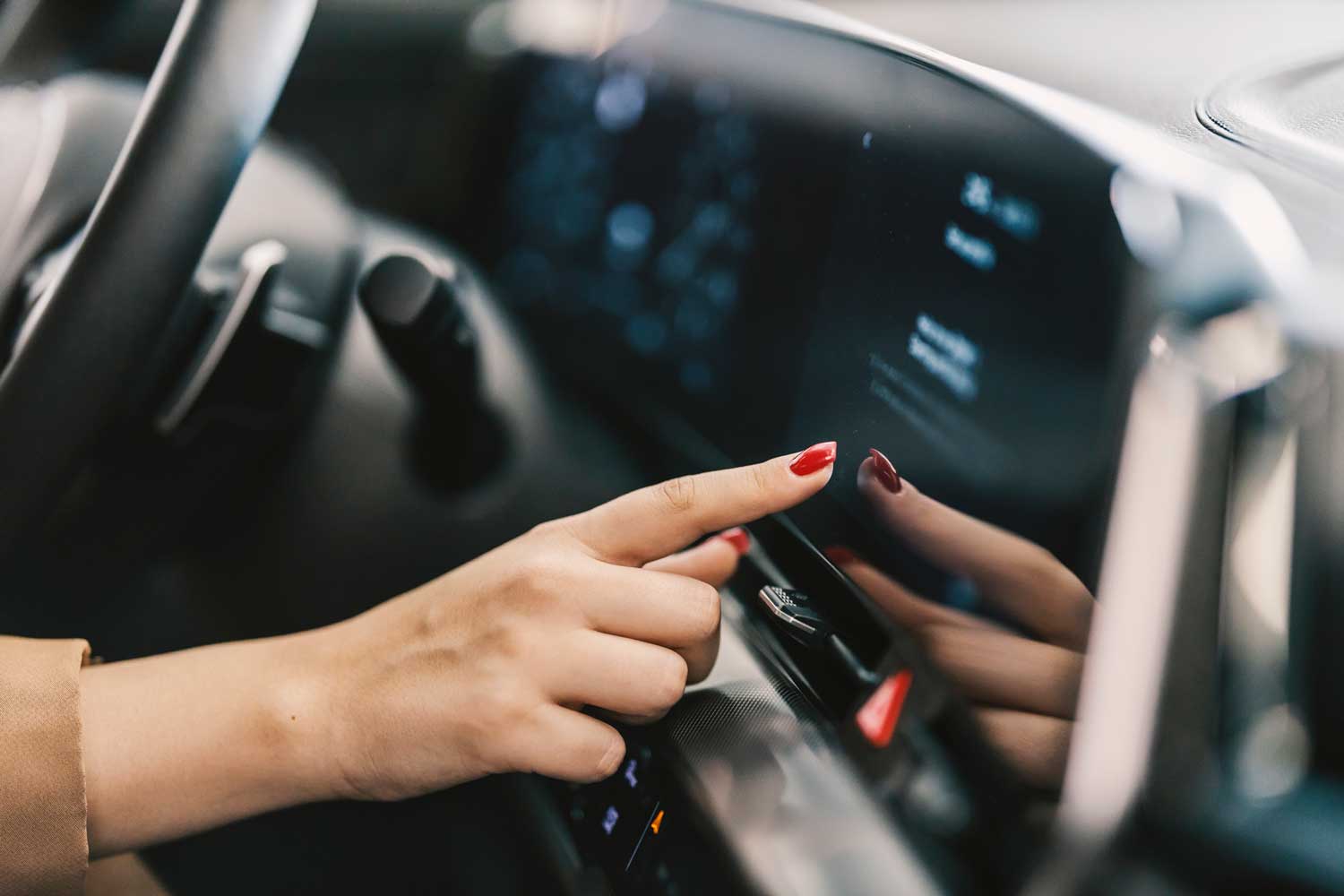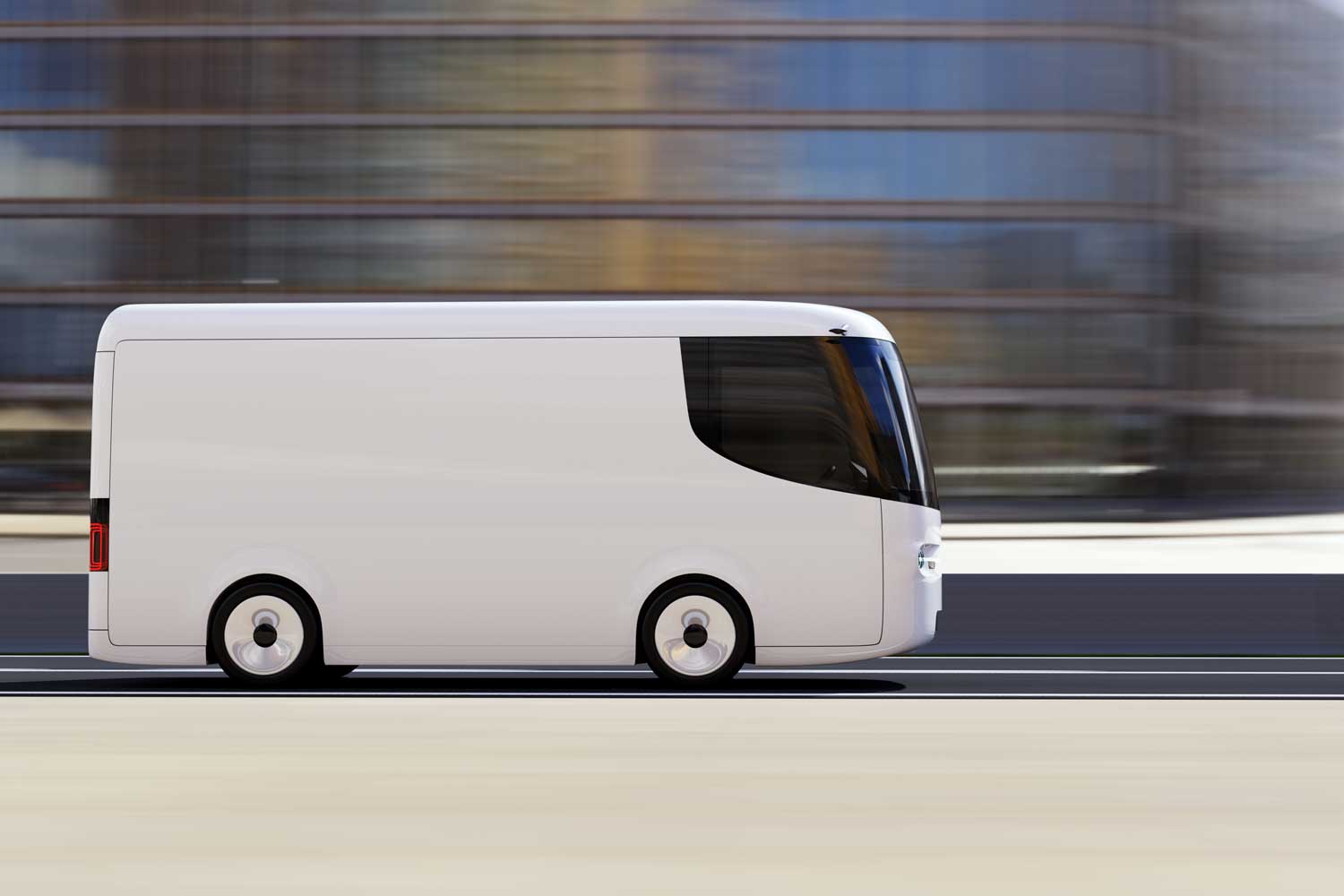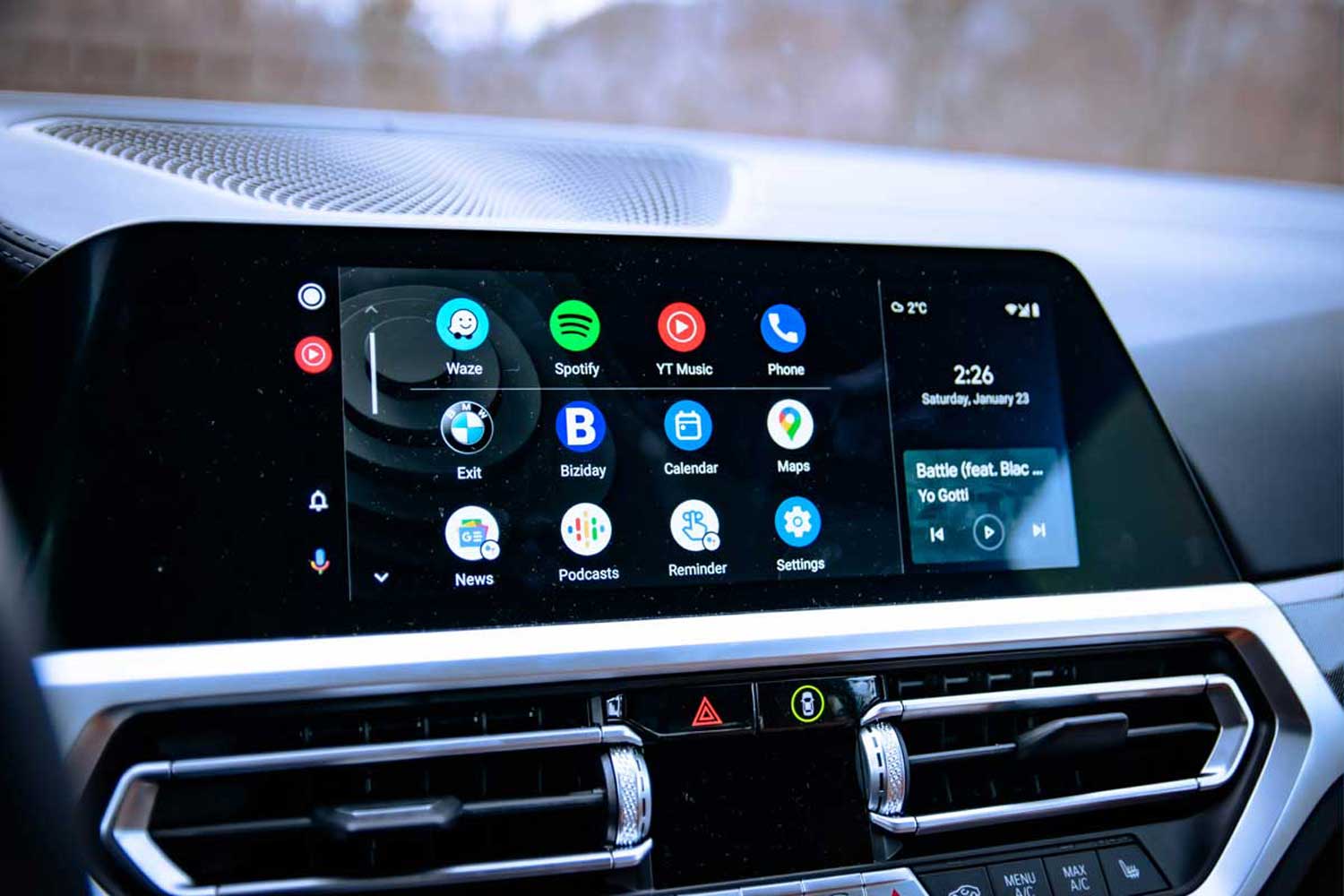Protecting your digital cockpit
The ability to deliver high definition and 4K streaming content services into vehicles is expected to provide a strong growth platform for the automotive industry. OEMs will need to implement advanced in-vehicle security for infotainment systems, including payments, user data and Digital Rights Management (DRM) schemes to protect these high value assets.
Our Secure OS is built to manage these digital cockpit requirements offering strong authentication methods and secure storage of user profile and location data.

